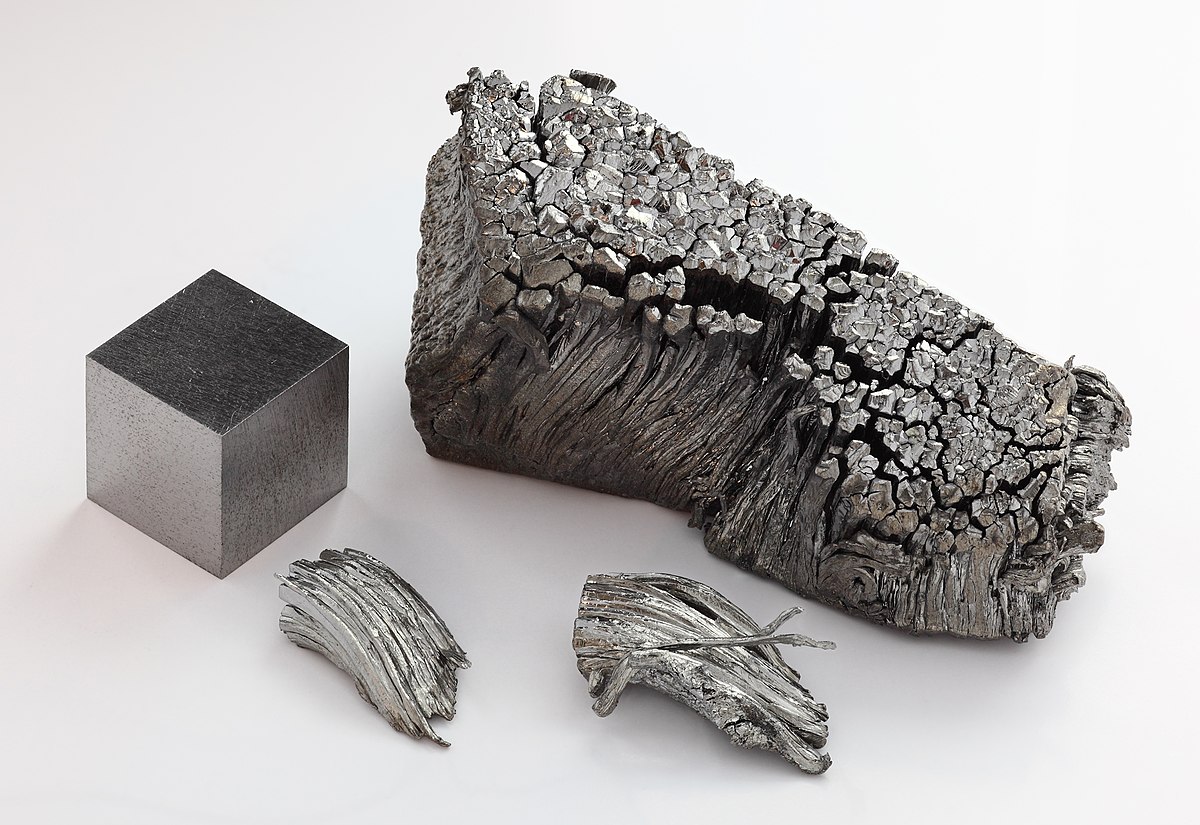
Thulium(Tm) is one the lanthanide elements with an atomic number 69. Thulium is a bright, malleable, soft and silvery-gray rare earth metal with the most common oxidation state +3 like other lanthanides. In water soluble thulium compounds form coordination complexes with nine water molecules. It slowly tarnishes in air resulting in thulium oxide, reacts with water forming thulium hydroxide and hydrogen gas. At room temperature thulium is readily reacts with all halogens, forms solutions containing the pale green Tm3+ ions which exists as [Tm(OH)9]3+ when it dissolved in dilute sulfuric acid. Swedish chemist Per Teodor Cleve discovered thulium in 1879 by looking for impurities of other rare earth metals oxides. This discovery method was similar to another’s Swedish chemist Carl Gustaf Mosander. In 1911 thulium was firstly prepared as pure element by repeated bromate fractional crystallizations, which later got name “James Method”, by Charles James in New Hampshire. Thulium name comes from an ancient name for Scandinavia “Thule”. Thulium could not be found in nature as pure element. It is found in minerals like gadolinite, monazite, xenotime and euxenite with concentration of 0.5mg/kg in the Earth’s crust. Most of its ore occurs in China. Thulium is also known as the least abundant lanthanide on earth except for promethium. Nowadays, the production of thulium is made by ion-exchange nad solvent extraction techniques due to their low costs. In 2005, 99% pure thulium cost was $70 per gram.
Thulium has a few applications:
Thulium is used as portable source of X-rays
Thulium is used to dope yttrium aluminum garnets(YAG) which are used in lasers
Thulium is used to make alloys with other rare earth metals
Thulium is used in banknotes due its blue fluorescence under UV light to detect counterfeiters
Comments
Post a Comment